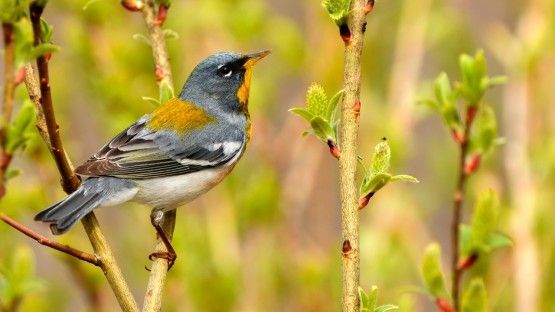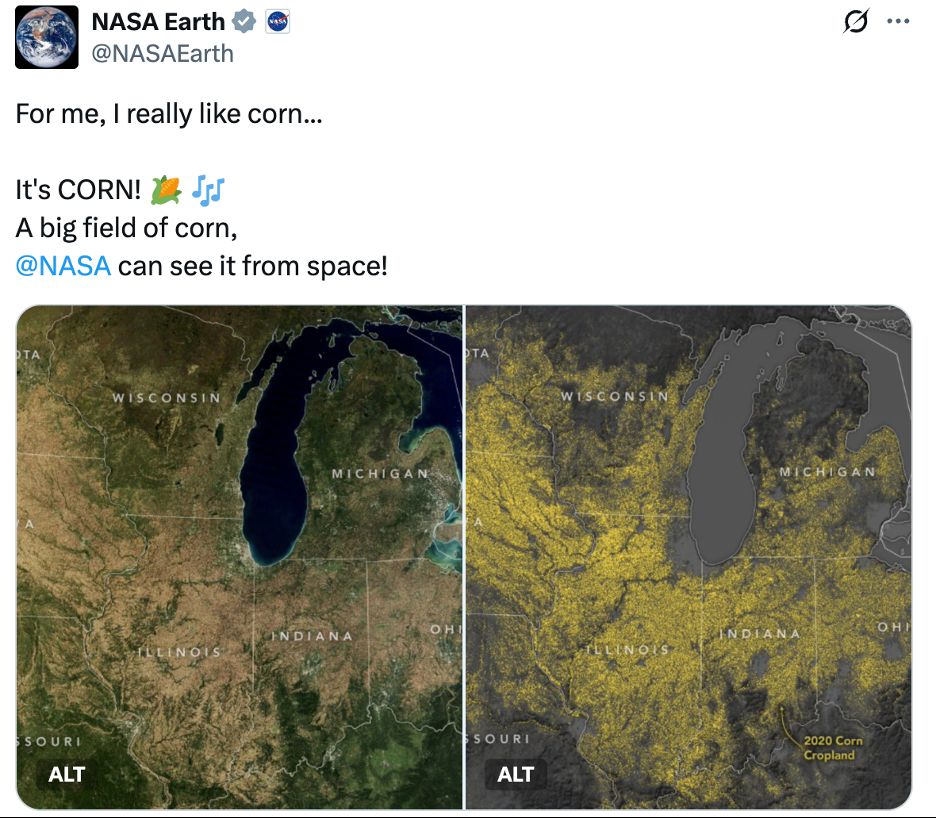Fengyi Guo (Freda)
@fyguo.bsky.social
110 followers
98 following
11 posts
Postdoc Fellow @Cornell Atkinson Center for Sustainability, Rose Fellow @Cornell Lab of Ornithology, PhD @Princeton EEB, ecologist, conservation biologist, sports fan.
Posts
Media
Videos
Starter Packs
Pinned
Reposted by Fengyi Guo (Freda)
Jeff Buler
@jbuler.bsky.social
· May 30

America's Corn Belt acts as barrier for migrating songbirds | Cornell Chronicle
The vast agricultural landscape of the U.S. Midwest known as the Corn Belt acts as a barrier for migrating landbirds, causing them to adjust their flight behaviors similar to when crossing natural bar...
news.cornell.edu
Fengyi Guo (Freda)
@fyguo.bsky.social
· May 30
Fengyi Guo (Freda)
@fyguo.bsky.social
· May 30
Reposted by Fengyi Guo (Freda)
Cecilia Nilsson
@cnilsson.science
· Mar 5

European data on animals aloft now publicly available
Weather radars detect more than weather, they also continuously register the movements of billions of animals (birds, bats, insects) in the air. Those data are now publicly available for large parts o...
go.nature.com
Fengyi Guo (Freda)
@fyguo.bsky.social
· Feb 20
Reposted by Fengyi Guo (Freda)
Birgen Haest
@birgenhaest.bsky.social
· Dec 17

Post-doctoral researcher (100%) in 'Characterizing insect migration using vertical-looking radars' | 100%
The Swiss Ornithological Institute is a non-profit foundation dedicated to ornithology and the protection of birds. It monitors native birds, researches their way of life and advocates for threatened...
my.jobalino.ch








